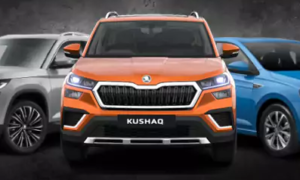The most powerful automobile engines ever created are shown here. The proverbial “size does matter” while dealing with this group of gigantic objects. We have compiled a list of the top huge bore engines, in increasing order of size, to satisfy your need for power beyond that of today’s crop of supercars.
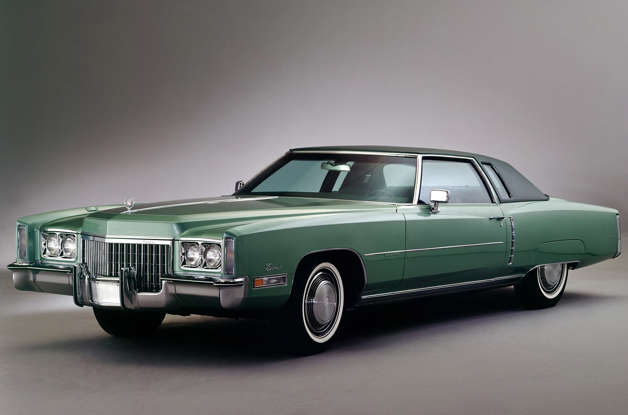
Lamborghini Aventador (6.5-liters)
Each Aventador is powered by Lamborghini’s 6.5-liter V12 motor. The 6498cc engine generates up to 770 horsepower without the need of turbo- or supercharging, instead depending on its sheer displacement. Lamborghini’s first V12 engine design debuted in the 350GT and was utilized in subsequent models up until the Murcielago. The Aventador has a brand-new V12 engine with a 60-degree angle, which has the internal designation “L539.” The updated motor can rev more freely and has variable valve timing, although it has a different firing sequence than the original one created by Giotto Bizzarrini.
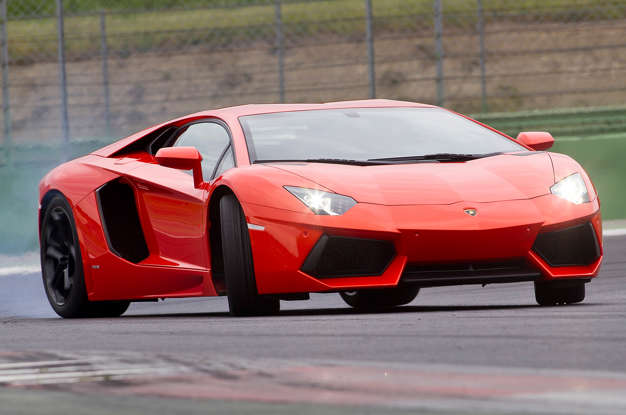
Rolls-Royce Silver Shadow (6.75-liters)
The 1959 Rolls-Royce Silver Cloud II was the first car to have the L Series V8, an 8 cylinder engine with a displacement of 6230 cc. The displacement of the engine in the Bentley Mulsanne rose to 6750cc in 1968 and has been at that level ever since. About 70% of all Rolls-Royces have been powered by this engine.
The longevity of this engine may be attributed to the fact that it was initially under-stressed and has been steadily boosted in power over time, with the assistance of turbocharging in most Bentley models beginning in 1982. Because of the tight confines of the Cloud II’s engine compartment, the ‘V’ between the two banks of cylinders of the motor’s aluminum construction is rather deep.
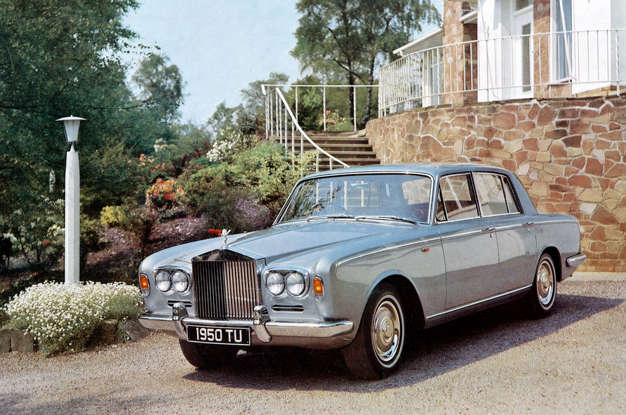
Mercedes-Benz 450SEL 6.9 (6.8-liters)
Don’t be fooled by the 6.9 in the name—the M100 V8 in this Mercedes Q-car sedan only has a displacement of 6.8 liters. It was a brilliant idea to squeeze the largest engine offered by the German automaker into the S-Class sedan, which was already very large. Each 6.8-liter V8 was bench-tested for four and a half hours before to installation in the S-Class, ensuring that the vehicle’s legendary dependability would not be compromised.
Iron was utilized for the engine block, while aluminum was used for the cylinder heads, with sodium employed in the valves. The M100’s 290 horsepower came in part from the revolutionary Bosch K-Jetronic fuel injection system. And with its 405 lb-ft of torque, the 450SEL 6.9 could reach speeds of up to 140 mph, winning over 7380 customers when it was first released.
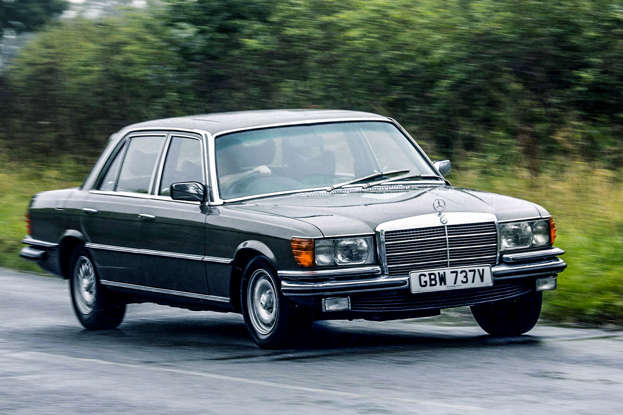
Lister Storm (7.0-liters)
The Lister Storm, released in 1993, was the pinnacle of Jaguar’s V12 lineup, which began in 1971 with the E-type and 272 horsepower. By the time Lister entered their vehicles in the Le Mans 24 Hours, the company had increased the engine capacity to 7.0 liters.
The road vehicles produce 554 horsepower thanks to an increase in bore and stroke that brought the engine capacity to 7.0 liters. The result was a 0-60 mph time of 4.1 seconds. While the Storm’s performance, handling, and rev-happy engine were well appreciated, the car’s £220,000 (about $400,000 at the time) asking price ultimately doomed production to a just four road vehicles.
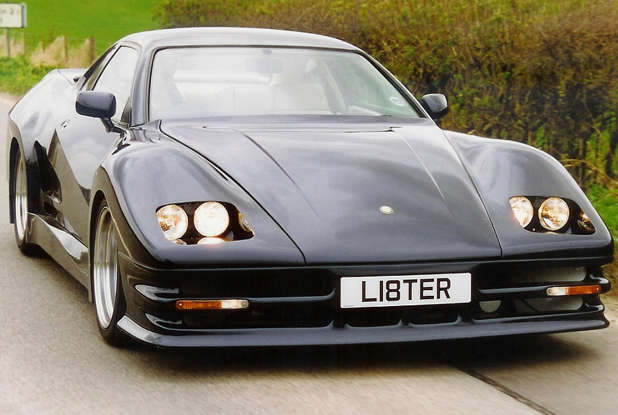
Plymouth Barracuda (7.2-liters)
With the release of the 440 Super Commando V8, Plymouth triumphed over its competitors in the muscle car market. The 7.2-liter engine was the largest in its class at the time, making the vehicle fast on the drag strip even in its base configuration.
There was a cost to all of this, however. There wasn’t enough space in the engine compartment for the essential power steering system because of the large block motor. Nor could a brake servo have been installed to aid in slowing the Barracuda down. Even with just 375 horsepower, many customers were interested in purchasing the largest and fastest muscle vehicle on the market.
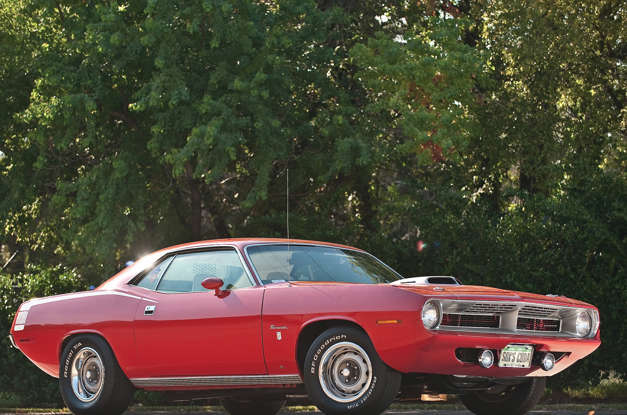
Cadillac Sixteen Concept (13.6-liters)
Cadillac’s 2003 Sixteen Concept was a throwback to the brand’s opulent 1920s heyday. It attracted a lot of people’s interest just by looking at it, but its inner workings were the true show stopper. This 13.6-liter V16 powerplant was effectively two LS V8s joined into one. Although official power ratings were never released, the V16 is widely believed to be capable of producing 1,000 horsepower. Considering the vehicle’s weight, it did rather well considering it was 4994 pounds.
Cadillac’s Active Gasoline Management allowed the 32-valve motor to shut down eight or 12 cylinders to conserve fuel depending on the demand placed on the engine. Power was sent to the rear wheels through a 4-speed automatic transmission.
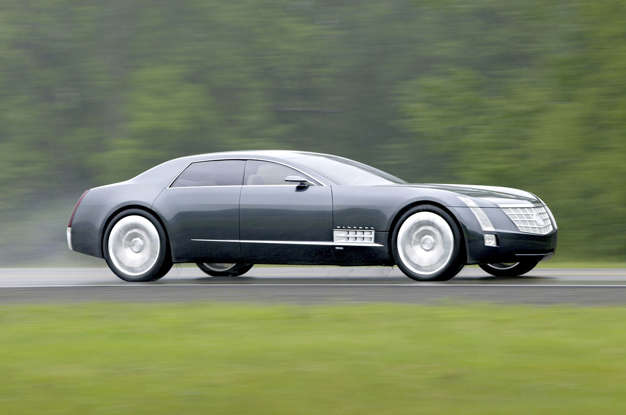
READ MORE: Examining the Exquisite Cabin of the Mercedes-AMG GT63

